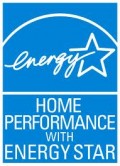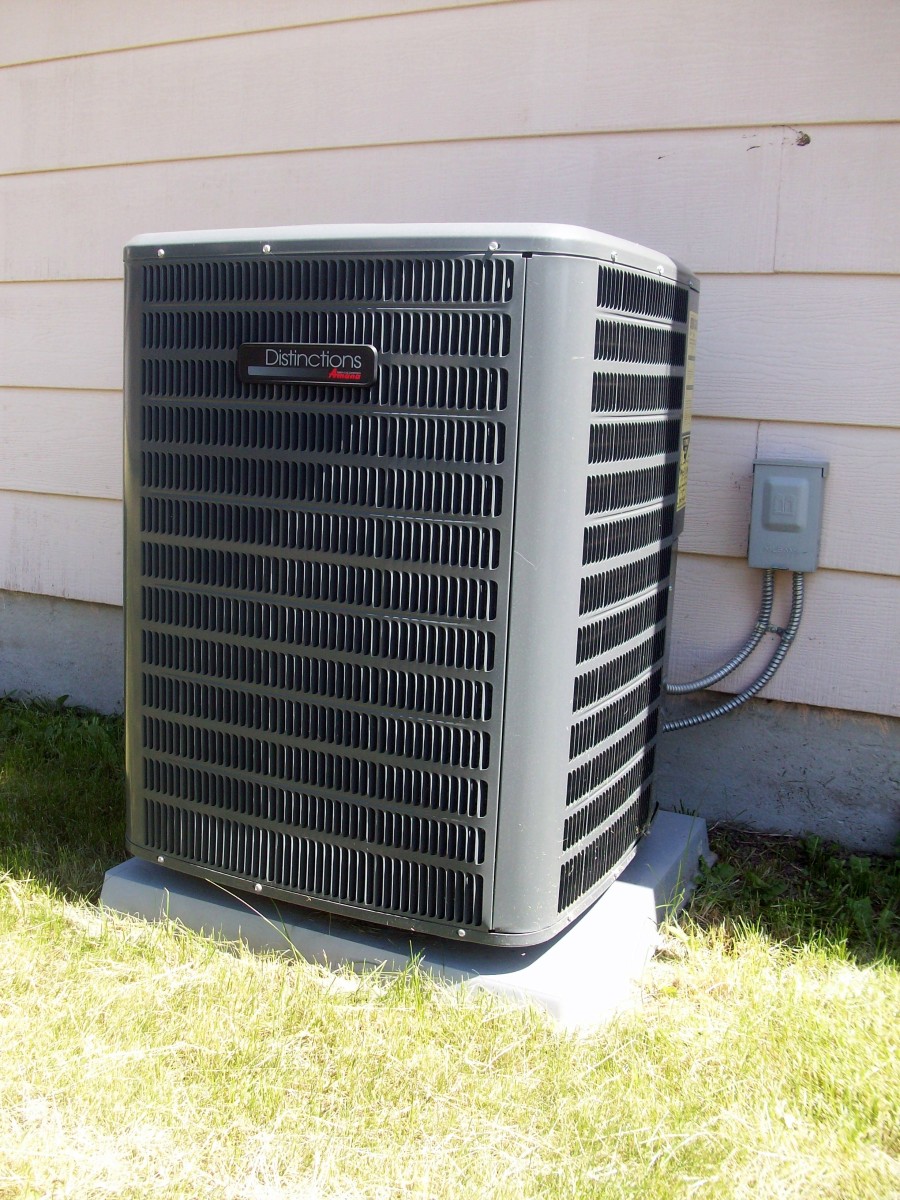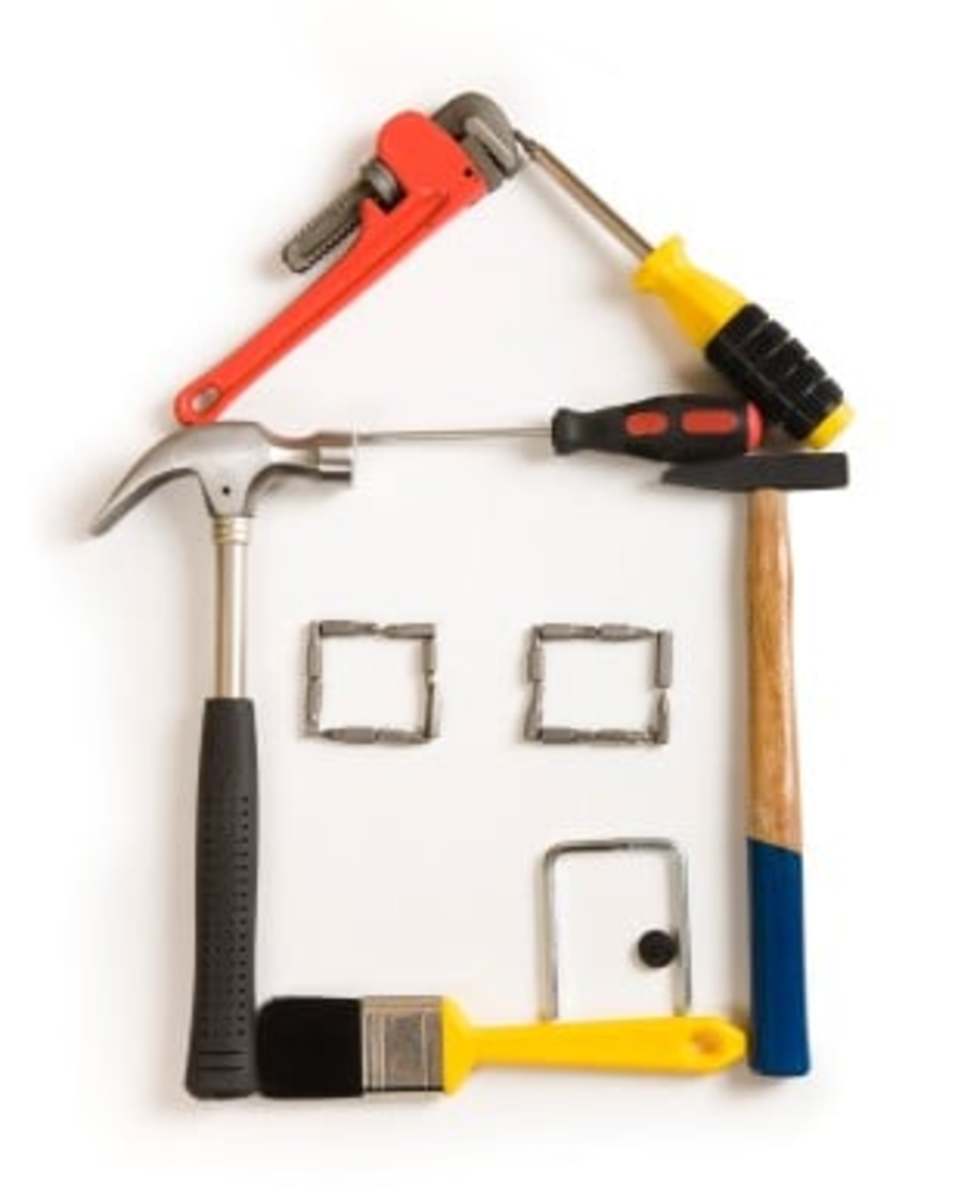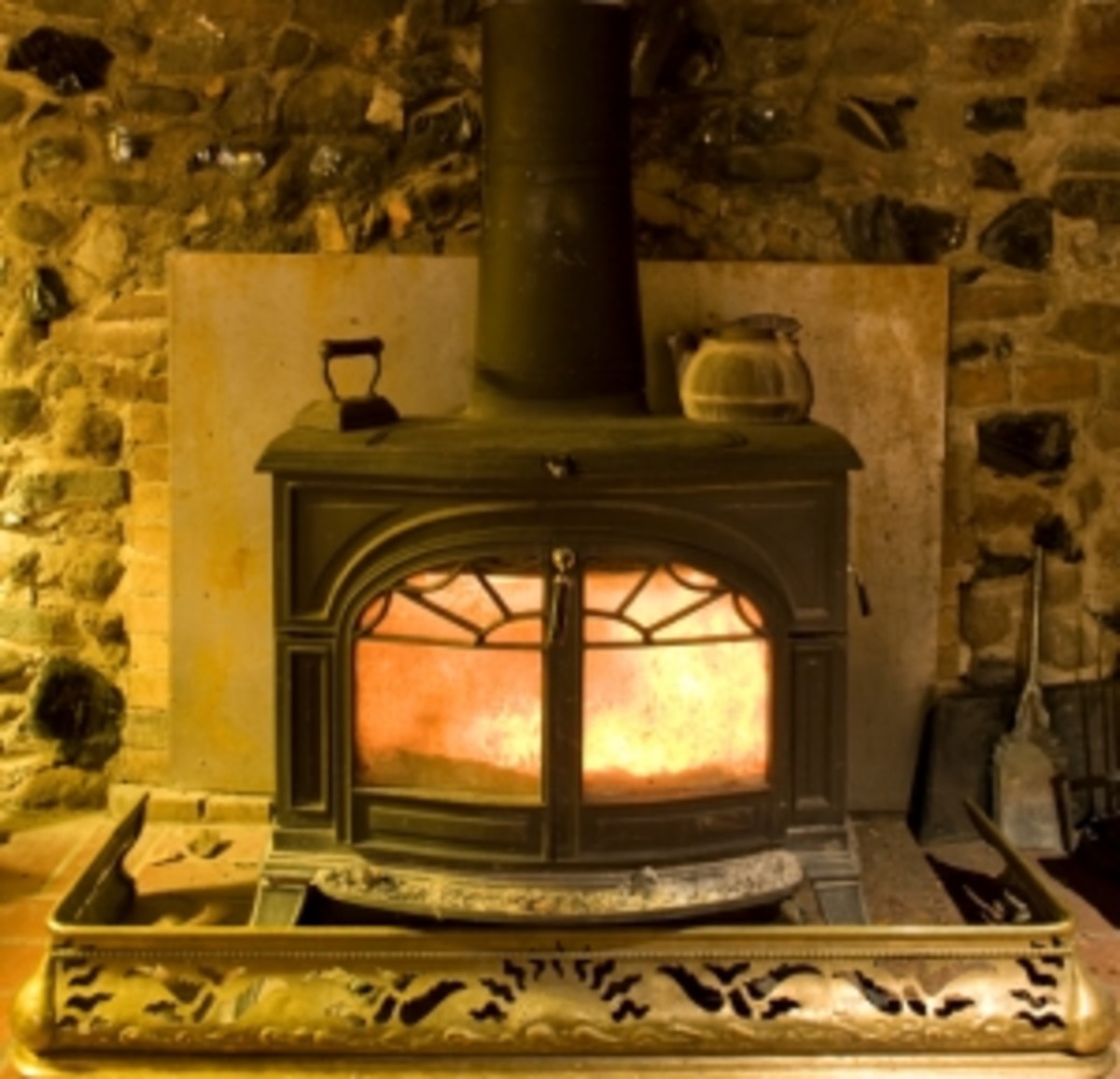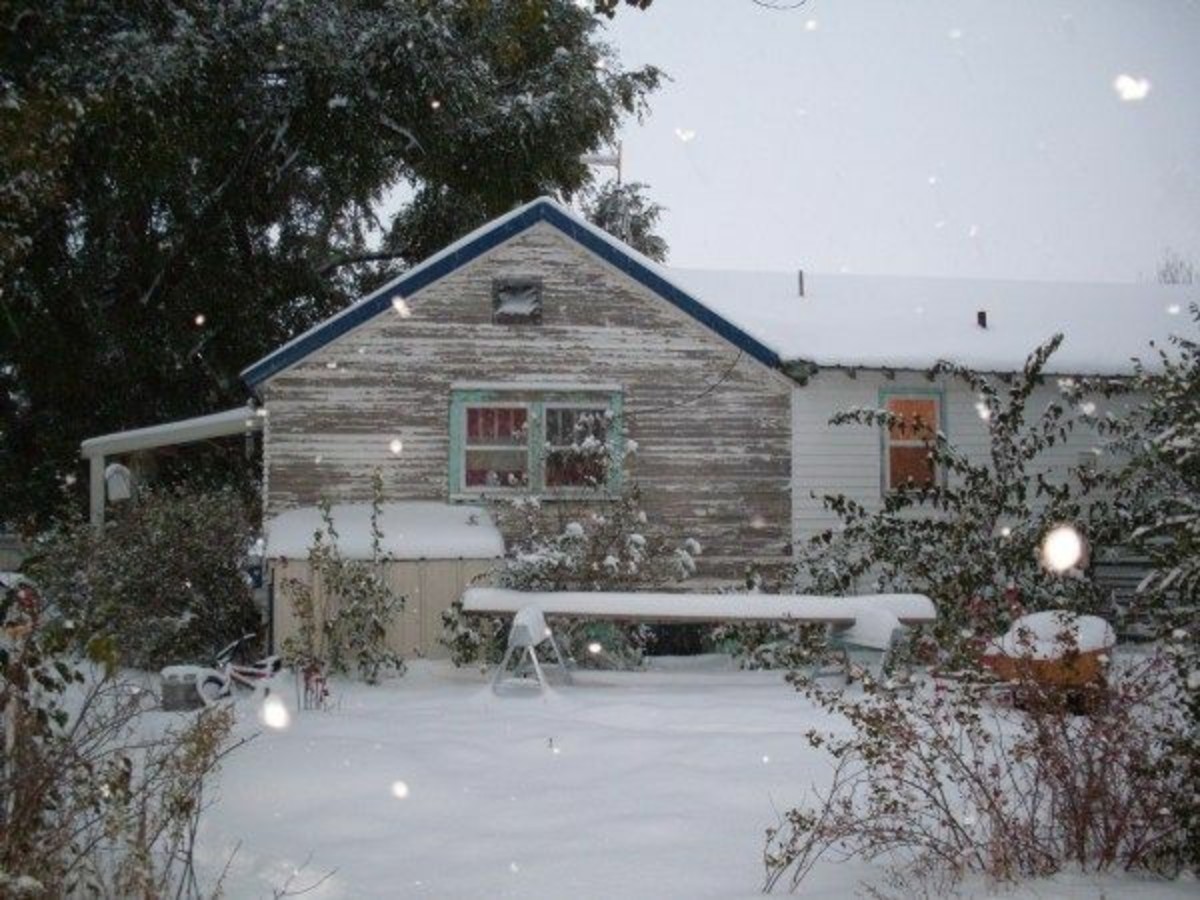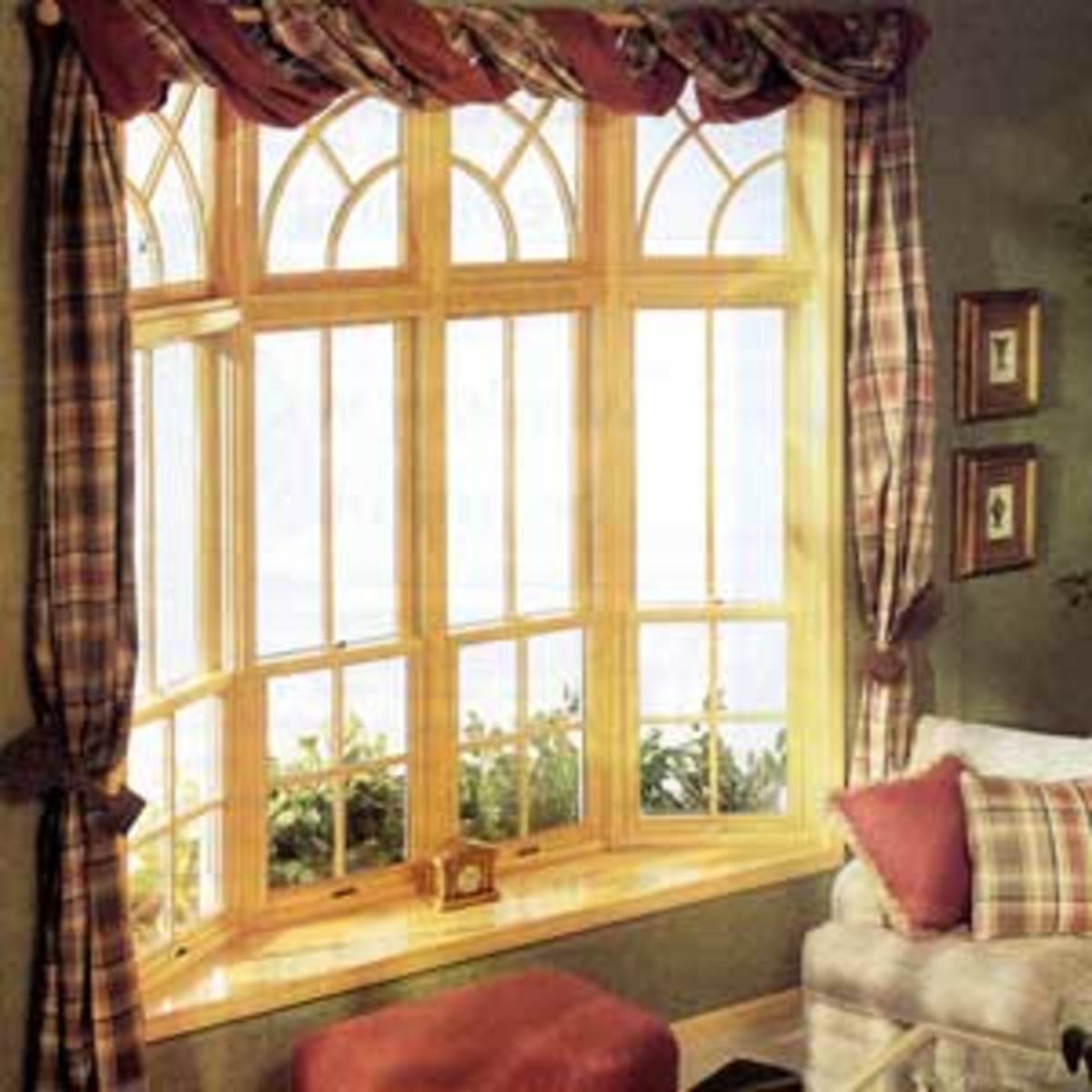How To Increase Your Home Heating Efficiency
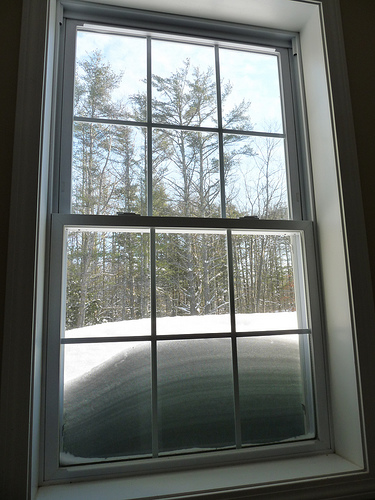
It is dark at 5:00 pm now. The dirty snow banks are starting to form along the roadsides and the overnight lows are inching ever closer to the single digits. Even the days are turning gray with just enough wind to keep us mumbling a few choice words under our breath with each little gust. Yes, winter is here and after those long cold days, our couches and bedrooms are the perfect place to curl up in a bit of comfortable warmth. Yet that same warm comfort is so often a strain on both our wallets and a negative impact on the environment.
I can say it again for effect, heating our homes is expensive. It doesn't matter how we do it, oil, gas, wood, pellets, electricity or maybe even coal; it is still a huge budgetary concern for everyone. All our consumption of these resources also feeds into global climate change whether through direct emissions or those of a power company. Likewise, the environmental destruction associated with mining, unchecked deforestation and drilling practices is enough to make the most callous of us let out a disappointed sigh. So let’s take a quick look, call it a refresher if you will about how we can save some heat, save some money and commit to a smaller carbon footprint this winter.
Leaks and Drafts
First, check your house for leaks. Those windows and doors that seemed fine in the summer or fall might be a huge source of heat loss. Check the edges of windows and doors at night when it is the coldest, do you feel a draft? Can you see light around the edges of your doors, and especially the bottom? Remember it might not seem significant, but a 1/8-inch crack around a door frame constitutes the same areas as a six-inch hole in the side of your house. Make sure to check for leaks in the small places too. Any electrical lines, cables, internet feeds that run out of the house should be checked as well. Check around electrical boxes and electrical outlets, the areas where pipes enter bathrooms and kitchens, and especially duct work are all areas to check. A home using forced hot air can lose significant amounts (up to 25%) of heat from leaking duct work
You can seal windows, doors and piping with weather stripping and caulking, and even plastic film. Make sure to seal windows in unused rooms with film and keep the doors to these areas closed at all times. Electrical outlets can be caulked or foam gaskets may be installed to seal up leaks. Cracks or leaks in ductwork can be sealed with U-181 mastic and mesh tape both are available at your local hardware store.
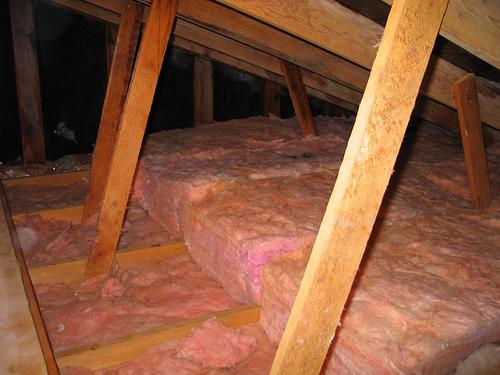
Insulation
We all know that heat rises, and so when heating your home it is essential to have good insulation in your attic. To make sure you are insulated in your attic check and see if you have less than 7 inches of fiberglass insulation or insulation with less than a rating of R-38 in your attic. If you do, it is time to invest in some more insulation. When looking to add insulation remember to consider not only insulating the floorboards of the attic, but also the walls and roof. Using a high rated insulation will help you save money and should last you for years to come.
Water heaters over 5 years old should be fitted with a blanket to hold in heat. Blankets for water heaters are generally inexpensive, around 20 dollars each at a hardware store, and can make up that cost quickly. Insulating hot water pipes is another way to help cut down on heat loss.
Standard insulation in your house can be a bit more tricky to install. insulation in walls and floors means that you will need some serious home renovations that can be expensive and need professional help. Most often it is best to reevaluate your options when you are undertaking any serious home improvements and incorporate them into the process.
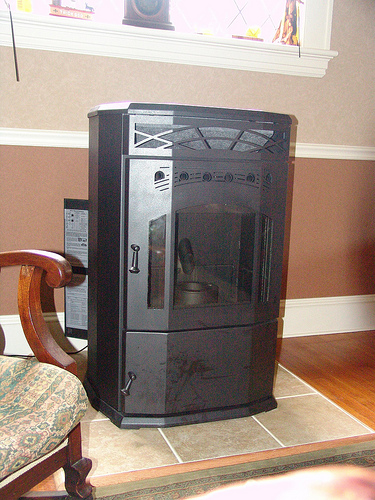
The Big Improvements
Finally, consider the larger changes. Install a programmable thermostat. Let’s be honest, in our rush to work or trudging to bed stopping to lower the thermostat is not always going to happen. Programmable thermostats will take care of the task themselves, and lowering your heat 10 degrees at night or while away can result in significant (10-20%) savings in energy.
A wood or pellet stove insert in a fireplace will yield significant long-term savings, and the short-term costs might make it a smart move if you have the expendable income. In the same vein replacing a hot water heater or an old furnace will give you long term savings and will increase the value of a house. When considering such changes it is a good idea to have a professional help you with your options and give you advice on what will give you the best long term savings for a smaller up front cost.
Solar panels will help with electricity costs and can even run an electric water heater. The up front cost of installing solar panels is quite high, however, there are often grants available through state and federal agencies that can alleviate the installation costs and make the long term savings significantly higher. If considering solar panels, it is again wise to call a local installation company as they will be more than willing to help you with finding grant money.
New siding and windows are another way to create a significant savings on heating costs which can add significant value to your house. However the up front costs for such improvements can be extremely high.
Financial Considerations
Small improvements such as sealing leaks can be very inexpensive and save significant money. However, larger scale weatherization projects or extensive improvements can be quite costly. Yet the long term costs can offset the up front expenses if the project is correctly planned. When evaluating a project it is best to consider where you largest expense are. If you have high heating bills taking a stepwise approach is often the best option. Start small and tackle the projects that give you the best short term value such as duct sealing, window caulking and small insulation projects.
Then move to the larger projects such as large scale insulation and thermostat changes. When you understand where your heat loss is occurring, or where you feel that energy s being wasted you can focus your larger projects on these areas. To finance such projects home improvement loans are risky if you aren't meticulous with your money. However, financial assistance is often available through state or federal grants, and these are definitely worth looking into.

